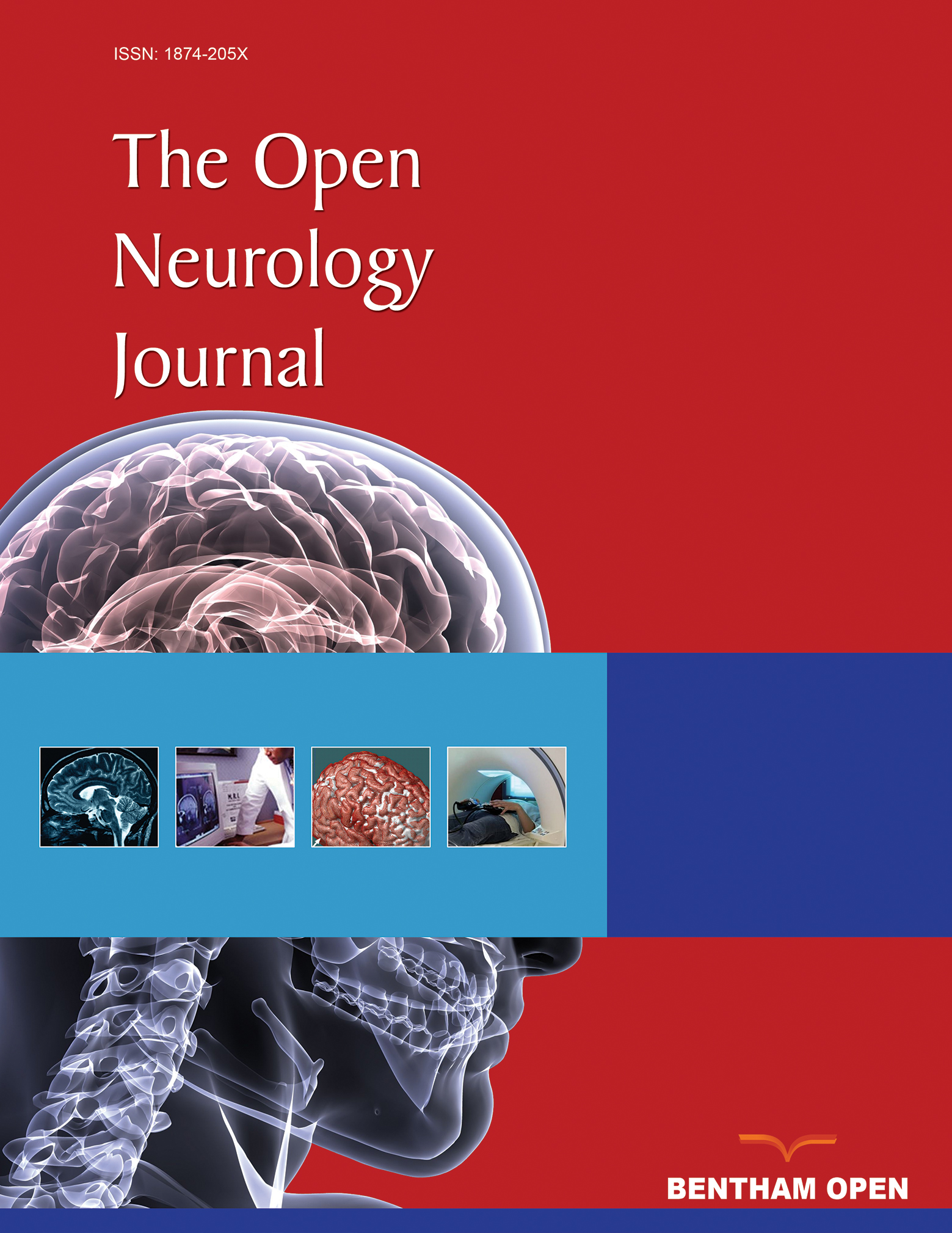Clinical Pharmacology and Vascular Risk
Abstract
Pharmacological treatment and several drugs of abuse have been associated with ischemic heart disease (IHD) and cerebrovascular diseases (CVD). However, there is a paucity of data on the independent risk of vascular disease (VD) associated with pharmacological treatment and no controlled trials demonstrating a reduction in risk with abstinence.
Information about IHD and CVD-related drug abuse is mainly limited to epidemiological studies focused on urban populations. The potential link between some pharmacological treatments (estrogen, some oncologic drugs and some atypical antipsychotics) and cerebrovascular adverse events was analyzed, but disagreement about an association persists. Drugs of abuse, including cocaine, amphetamines and heroin, have been associated with an increased vascular risk.
These drugs can cause abrupt changes in blood pressure, vasculitic-type changes, lead to embolization caused by infective endocarditis, and hemostatic and hematologic abnormalities that can result in increased blood viscosity and platelet aggregation. Long-term treatment strategies based on medication, psychological support, and outreach programs play an important role in treatment of drug dependency.
In these last years public interest in risk factors for VD has been constantly increasing and the successful identification and management of pharmacological treatment and drug abuse can be challenging. One of the major public health issues for the future will be to focus more on new vascular risk factor recognition and management.
The objective of this chapter is to review the relevance of IHD and CVD associated with various pharmacological treatments and drug abuse with focusing on ischemic disease.
This chapter reports the clinical evidence of this association and analyzes the experimental role of new drugs as a growing risk factor of VD with the hypothetical new association. In conclusion, in this chapter great attention is paid to evaluating the scientific and real evidence of cerebrovascular effect and drug use and abuse so as to identify a new groups of “modifiable” risk factors.


